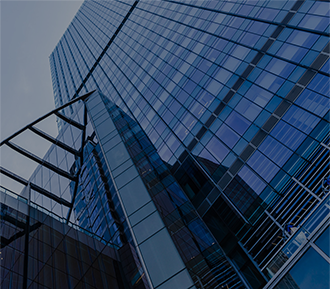

The annealing of aluminium profile processing is divided into sheet and strip annealing and foil annealing. The purpose of annealing is to remove cold work hardening for continued rolling or further processing, to control the condition and properties of the product, and to remove rolling oils to improve surface quality.
According to the production capacity and scale, the annealing furnaces for industrial aluminium profiles are divided into single annealing and annealing production lines composed of annealing furnace groups. The annealing production line is generally composed of several annealing furnaces, composite loading and unloading vehicles, out-of-furnace material tables, and cooling chambers (some furnaces have bypass coolers).
The furnace body adopts a fan with a large air volume to circulate and heat the industrial aluminium extruded profiles, and the diversion device in the furnace can effectively ensure that the air flow evenly passes through the industrial aluminium profiles, so that it can be heated evenly. The heater adopts a top-mounted integral structure, so it is very convenient to disassemble and maintain. The opening and closing of the furnace door adopts pneumatic pressing type or mechanical transmission lifting type, which runs smoothly and has good sealing performance. The fume extraction system of the furnace can effectively remove the oil film on the surface of industrial aluminium profiles, and can adjust the pressure in the furnace. The charging capacity of this furnace is generally 10-50t.
The annealing furnace for industrial aluminium profiles is the most widely used equipment in the processing and heat treatment of aluminium profiles. With the development of technology and the improvement of product quality requirements, people have put forward higher requirements for the annealing of industrial aluminium profiles, such as the consistency of appearance quality and performance indicators of annealed products.
The external quality includes peeling, bubbles, oil spots, oxidative corrosion, surface finish, etc., and the internal quality includes mechanical properties, grain size, anisotropy, etc. In addition to the annealing process and equipment, the processing history of the product before annealing, such as ingredient composition, casting process, cold working rate, etc., also has an important impact on the intrinsic quality of the annealed product.
In order to improve the quality of annealed products, it is necessary to take improvement measures in furnace atmosphere, furnace temperature control, furnace type and so on.
1. For some annealed products with special requirements, a protective gas containing very little oxygen and moisture can be used as the annealing furnace gas to prevent the rolling oil molecules from cracking during the volatilization process, producing hydrocarbons and free tiny carbon particles, resulting in oil spots on the product surface. At the same time, the thickness of the oxide film on the surface can be reduced, so that the original metallic luster can be basically protected after the product is annealed.
When using protective gas, first heat the furnace to about 150°C. After charging, fill the furnace with protective gas to wash the furnace, and then raise the temperature. During the heating period of the industrial aluminium profile, the oil film on the surface of the product volatilizes and is discharged from the exhaust port. At the same time, the protective gas should be supplemented to maintain the positive pressure of the furnace. After the oil film is completely volatilized, high temperature heating and heat preservation are carried out to recrystallize the product in a relatively short period of time, and then the temperature is lowered.
2. Vacuum annealing is a relatively new annealing technology for aluminium profile processing, which can prevent the cracking, oxidation and polymerization of rolling oil molecules. During vacuum annealing, the furnace is first pumped to a certain degree of vacuum, and then heated. During the heating process, a small amount of protective gas needs to be filled to remove oil and gas, reduce the load of the vacuum pump, and accelerate the convective transfer of heat.
In the initial stage of cooling, it is necessary to charge more protective gas than normal operation to maintain a slight negative or positive pressure in the furnace, and quickly cool down the furnace through convection fans and coolers. Vacuum annealing furnaces have strict sealing requirements, large capacity of vacuum pumps, and higher requirements for equipment. They are generally used for annealing high-purity aluminium foils of electrolytic capacitors.
